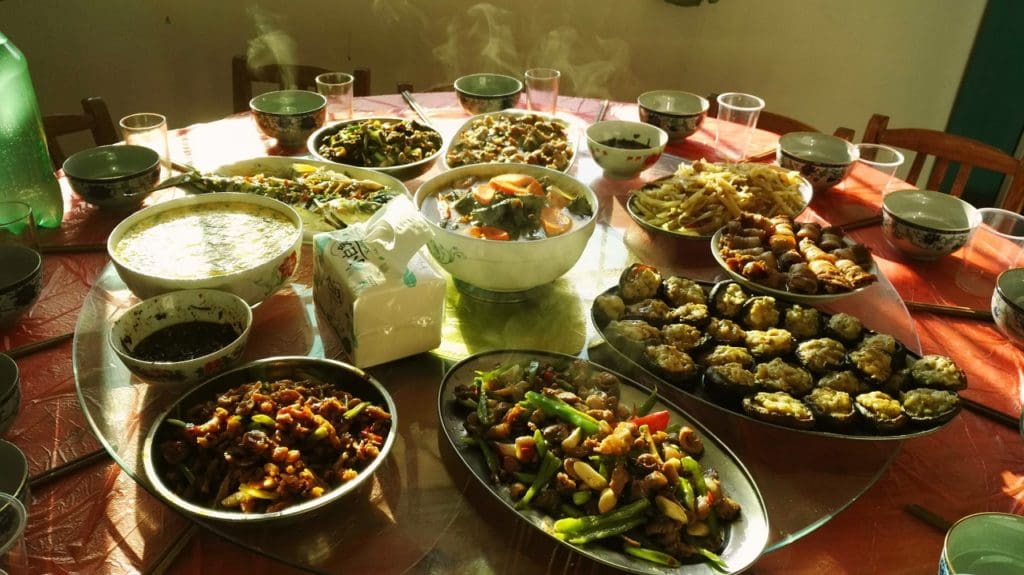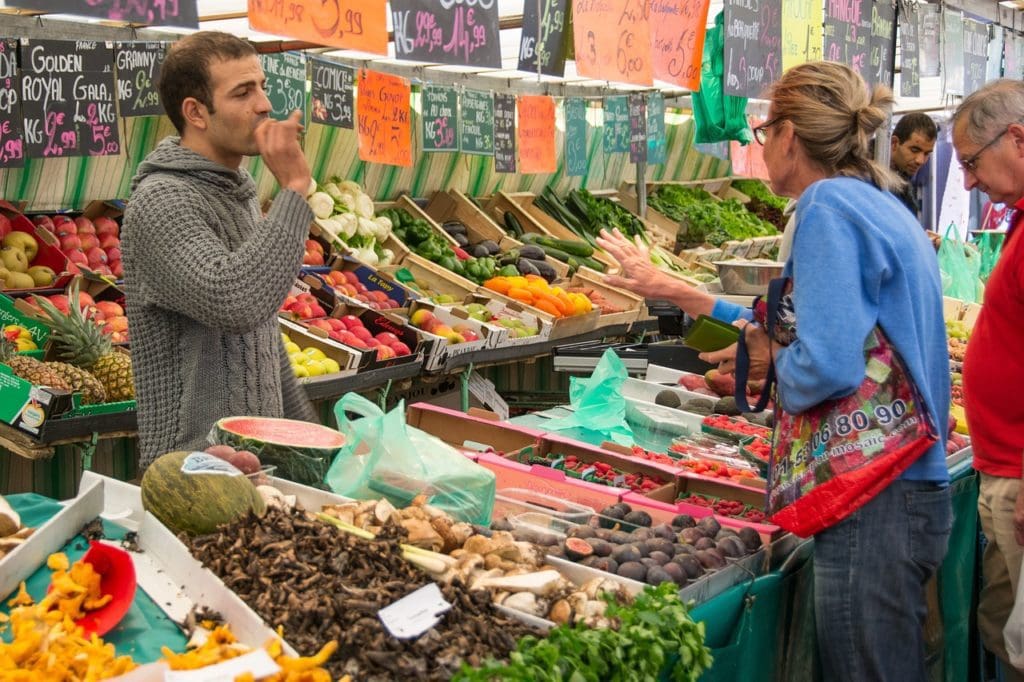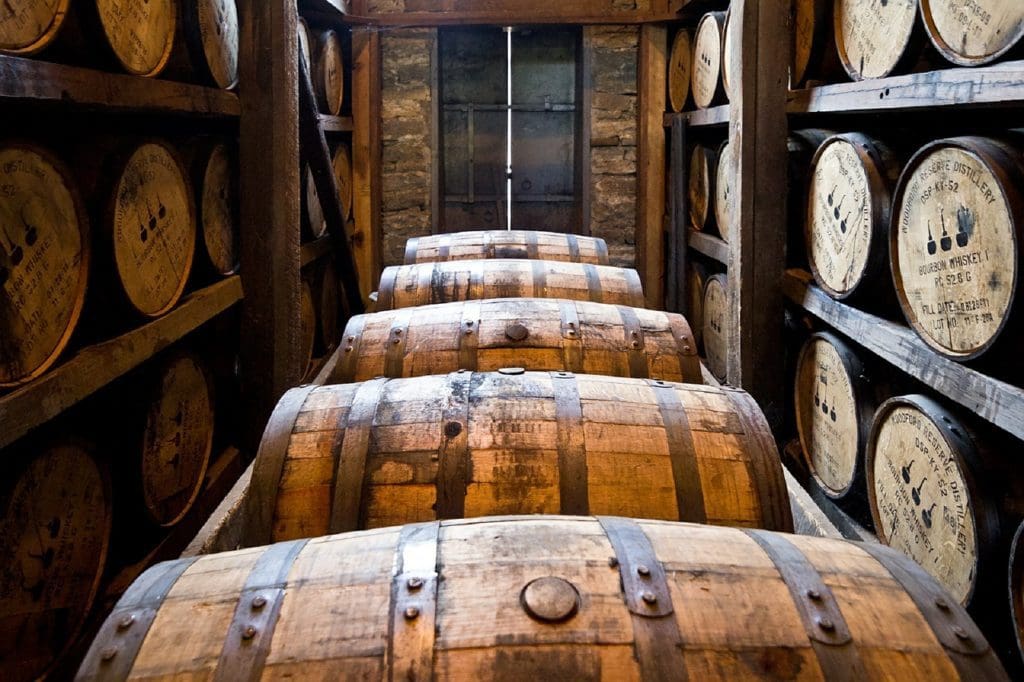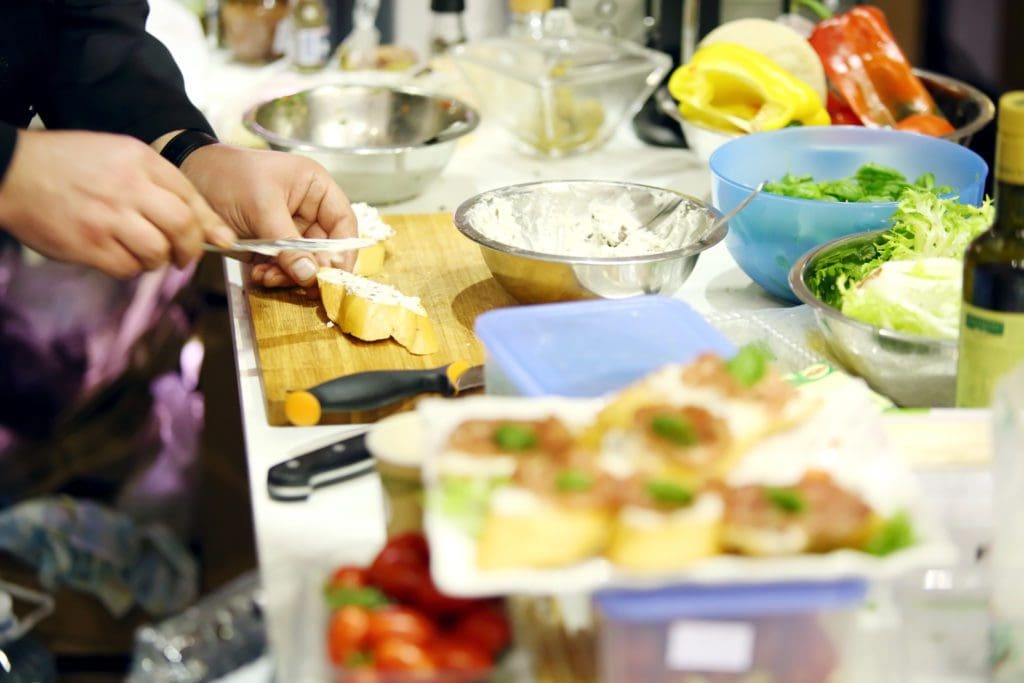 Raise your hand if you like food. Everyone has their hand up, right? Now keep your hand up if you fancy yourself a foodie traveler. No? You might be surprised to find out that you actually qualify. Food Tourism isn’t only about savoring gourmet food created by toque-wearing chefs at Michelin-starred restaurants. In fact, gourmet foodies don’t even make up 10% of foodie tourists. Other types of food experiences that surpass gourmet interests include farmers’ markets, home cooking, pub food, and street food tours. So which type of foodie traveler are you?
Raise your hand if you like food. Everyone has their hand up, right? Now keep your hand up if you fancy yourself a foodie traveler. No? You might be surprised to find out that you actually qualify. Food Tourism isn’t only about savoring gourmet food created by toque-wearing chefs at Michelin-starred restaurants. In fact, gourmet foodies don’t even make up 10% of foodie tourists. Other types of food experiences that surpass gourmet interests include farmers’ markets, home cooking, pub food, and street food tours. So which type of foodie traveler are you?
Find Your Inner Foodie
 To be a food tourist doesn’t mean that the entire focus of your travel must be strictly on the food, but everyone has at least some interest in food – it’s a necessity, after all. At some point on every trip, you’re going to eat, so short of taking your own jar of peanut butter and eating it in your room, you can’t avoid having some form of food tourism experience. The biggest trend in food tourism is not that it exists; it’s the diversity of culinary travelers’ interests and the way destinations are stepping up to meet expectations. Your inner foodie might identify with one or more of these 13 food tourist profiles:
To be a food tourist doesn’t mean that the entire focus of your travel must be strictly on the food, but everyone has at least some interest in food – it’s a necessity, after all. At some point on every trip, you’re going to eat, so short of taking your own jar of peanut butter and eating it in your room, you can’t avoid having some form of food tourism experience. The biggest trend in food tourism is not that it exists; it’s the diversity of culinary travelers’ interests and the way destinations are stepping up to meet expectations. Your inner foodie might identify with one or more of these 13 food tourist profiles:
- Adventurer – Andrew Zimmerman is your idol
- Ambiance – Wine tasting in an estate’s wine cave
- Authentic – Traditional preparation of cultural favorites
- Budget – Street food in Bangkok
- Eclectic – A little of this, a little of that
- Gourmet – A fine dining experience in New York
- Innovative – Fusion cooking melding different cultures
- Localist – All ingredients locally sourced as at Noma in Copenhagen
- Novice – Cooking means cereal or grilled cheese, but you’re willing to learn
- Organic – No additives, pesticides or irradiation used to produce food
- Social – An Irish Pub or a food festival
- Trendy – Nashville’s Hot Fried Chicken or flavor-infused alcohol
- Vegetarian – No meat or fish; Vegans omit dairy as well
The Rise of Beverage Trails
 The Kentucky Bourbon Trail®, created in 1999, was a forerunner of the beverage trail genre, offering samples and tours at eight distilleries. Since then, alcoholic drinks have grown to be a significant part of food tourism in the U.S. The Oregon Distillery Trail incorporates 28 distilleries of craft spirits – everything from whiskey to gin to rum. The Brooklyn Booze Trail also highlights a variety of spirits, from whiskey and rum to grappa and hibiscus liqueur.
The Kentucky Bourbon Trail®, created in 1999, was a forerunner of the beverage trail genre, offering samples and tours at eight distilleries. Since then, alcoholic drinks have grown to be a significant part of food tourism in the U.S. The Oregon Distillery Trail incorporates 28 distilleries of craft spirits – everything from whiskey to gin to rum. The Brooklyn Booze Trail also highlights a variety of spirits, from whiskey and rum to grappa and hibiscus liqueur.
Virginia has connected its 250+ wineries into a network of Virginia Wine Trails so travelers can taste their way across the Commonwealth, enjoying winemaker’s dinners and winery tours along the way. And it would be remiss to not mention the fabulous California Wine Country and its hundreds of wineries sprinkled through Napa and Sonoma Valleys.
In the last decade, Americans have embraced the craft beer culture and it’s grown into a huge food tourism market. The cities of Portland, ME; Asheville, NC; and Portland, OR have positioned themselves at the top of the list of “Best Cities for Beer Drinkers.”
It’s not only alcohol that draws food tourism. Many visitors to Seattle, WA make a point of checking out the first Starbucks, and Columbus, OH is on the scene with a Coffee Trail that boasts quality and sustainability.
Meal Sharing is A Growing Food Tourism Trend
 More people are looking for authentic culinary experiences to get a glimpse of someone else’s kitchen techniques, as well as their lifestyle. When sharing meals, people engage on a much more personal level. Meal sharing food tourism options range from half day excursions to multi-day immersion programs.
More people are looking for authentic culinary experiences to get a glimpse of someone else’s kitchen techniques, as well as their lifestyle. When sharing meals, people engage on a much more personal level. Meal sharing food tourism options range from half day excursions to multi-day immersion programs.
They might come in the form of a market trip with a local chef, a truffle-hunting expedition, a cheese-making class, or a sustainability tour on a farm. Cooking classes in a private home are favorite forms of food tourism. Hosts share their expertise and guests get to explore the local culinary traditions, then together they share the bounty of the work.
Culinary Storytelling is Fashionable
Anyone who has ever seen Anthony Bourdain knows that food is a wonderful way to explore the local culture. You can learn about climate and lifestyles from local agriculture. You’ll quite literally get a taste of local culture through the spices and traditional cooking styles. Food gives you insights into history, social issues, and even politics so that you gain a better understanding of the values and customs of the community.
Chefs practice culinary storytelling by using hyper-local ingredients to make a dish that can only be made in that way, at that place. Destinations tell their story by featuring their unique culinary specialties, be that their regional flavor of barbecue, their local seafood or their locally grown produce. Food tells a story about the place and food tourism is about recognizing and embracing that story as you taste your way through your travels.
So do you still think you’re not a foodie traveler? When you’re ready to plan your next trip, let the expert travel advisors at Covington help you customize your trip to match your foodie personality.







To what extent do you think social media is responsible for the creation of these trends?
Hi Mila, Thanks for reading. I think social media has a great deal to do with the rise in food tourism. Food is an integral part of a culture and getting to know a culture is one of the main drivers for people to travel, but Facebook, Instagram, and others certainly bring other people’s experiences to light and make us want to do and see things we may never have thought of before. And that;s not a bad thing! Cheers – Beverly